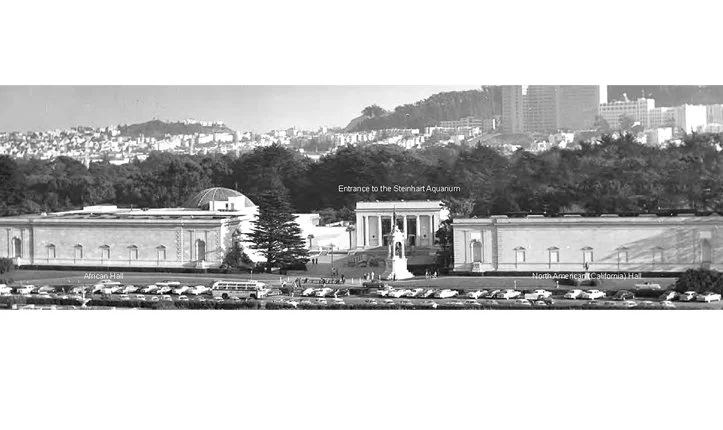Greening Museums: How Museums are Tackling the Climate Crisis
©Lucy Hewitt / The Field Museum
Museums and galleries are important cultural institutions that play a significant role in society. As a repository of history, culture, and art, and providing a space for public engagement and education, museums and galleries also have a role to play in shaping and creating sustainable futures. For the upcoming International Museum Day (IMD) on May 18th, let's explore how museums and galleries are tackling the climate crisis!
IMD 2023 to focus on sustainability and well-being
International Museum Day (IMD) is an annual event celebrated on May 18th worldwide. The day was first celebrated in 1977, and since then, it has been observed in over 158 countries. Every year, the International Council of Museums (ICOM) selects a theme for the event to encourage museums to showcase their role in society and highlight issues of global importance. This year, under the theme of Museums, Sustainability, and Well-being, International Museum Day aims to support a set of Goals from the Sustainable Development Goals of the United Nations, which includes:
Goal 3 Global Health and Well-being: Ensure healthy lives and promote well-being for all ages, in particular concerning mental health and social isolation.
Goal 13 Climate Action: Take urgent action to combat climate change and its impacts, adopting low-carbon practices in the Global North and mitigation strategies in the Global South.
Goal 15 Life on Land: Protect, restore, and promote sustainable use of terrestrial ecosystems, amplifying the voices of indigenous leaders and raising awareness of the loss of biodiversity.
The Environmental Impact of Museums and Art Galleries
Museums and art galleries are important institutions that showcase the world's cultural and historical heritage. However, these institutions are also significant contributors to environmental problems. They consume a large amount of energy and resources, generate waste, and contribute to climate change. The construction, operation, and maintenance of museum buildings, as well as the transportation and display of artworks, all have significant environmental impacts. Additionally, the use of non-sustainable materials in exhibitions and displays, such as plastics, contributes to the environmental problem of waste.
As the effects of climate change become increasingly apparent, there is a growing need for museums and galleries to adopt sustainable practices and reduce their environmental impact. By doing so, they can not only contribute to the fight against climate change, but also set an example for visitors and other institutions to follow.
How Museums are Tackling the Climate Crisis
Until now, the strict conservation conditions their collections require have prevented museums from meeting the needs of sustainable development. However, in recent years, the California Academy of Sciences, the Ningbo History Museum in China and the Prado Museum in Madrid have shown that it is possible to harmonise the demanding energy costs of a museum with respect for the environment.
Sustainable Museum focus #1: Building Design
When it comes to sustainability in museums, one of the key focuses is on building design. The California Academy of Sciences in San Francisco is a prime example of a museum that has prioritized sustainable design in its renovations. As the first museum to earn a Double LEED Platinum rating, the Academy’s cutting-edge sustainable design has made the institution a model in green building since its reopening in 2008.
Founded in 1853 and located in San Francisco’s Golden Gate Park since 1916, the California Academy of Sciences’ original complex of buildings were earthquake damaged and obsolete. The Academy envisioned a bold new building that would reinforce its mission to “explore, explain, and protect the natural world.”
The living roof was planted with 1.7 million native California plants. By incorporating plants that are well-adapted to the local ecosystem, this landscape requires little irrigation and attracts numerous species of birds, butterflies, and insects. Dozens of round skylights dot the roof of the rain forest dome and allow natural light to filter through to the exhibits below.
The museum’s central piazza lies beneath this massive glass ceiling. During summer, the roof opens to allow cool night air to flow into the building below. By using natural ventilation instead of air conditioning to regulate interior temperature, the building becomes more energy efficient.
Meanwhile, in China, the Ningbo History Museum features a unique design, created by the 2012 Pritzker Prize-winning architect, Wang Shu. The building itself is constructed out of the rubble left over from demolition sites around the province and was built using traditional techniques. The idea was to use the materials that were already available, in an efficient way, as well as make a statement on the country’s modern habit of demolition and reconstruction.
Sustainable Museum focus #2: Materials
Using more recycled or sustainable materials, such as bamboo, reclaimed wood, or recycled plastics in exhibits has a sustainability benefit as well. The “circular economy” – reduce, reuse, and recycle, in that order – inspires creators to step up their museum sustainability efforts.
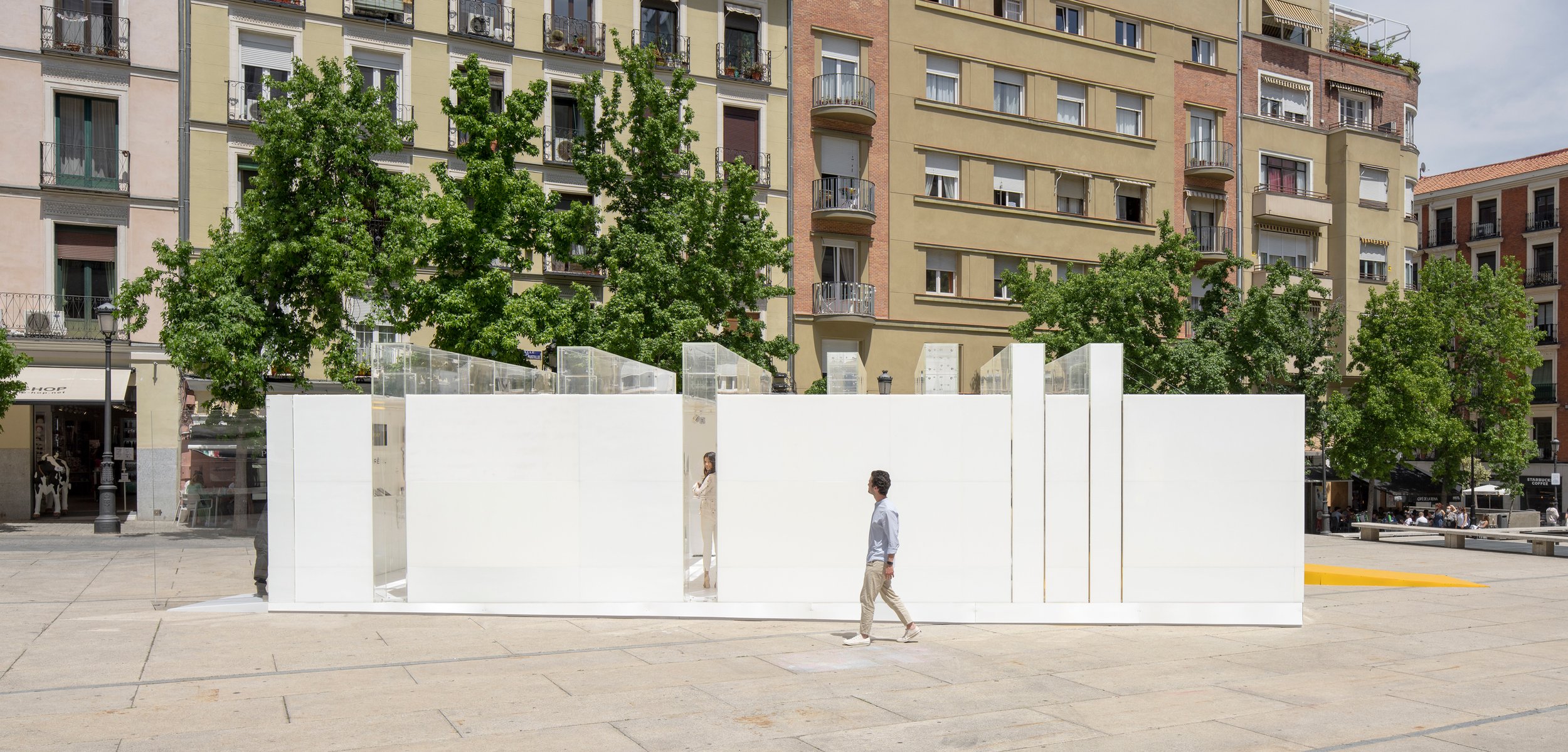
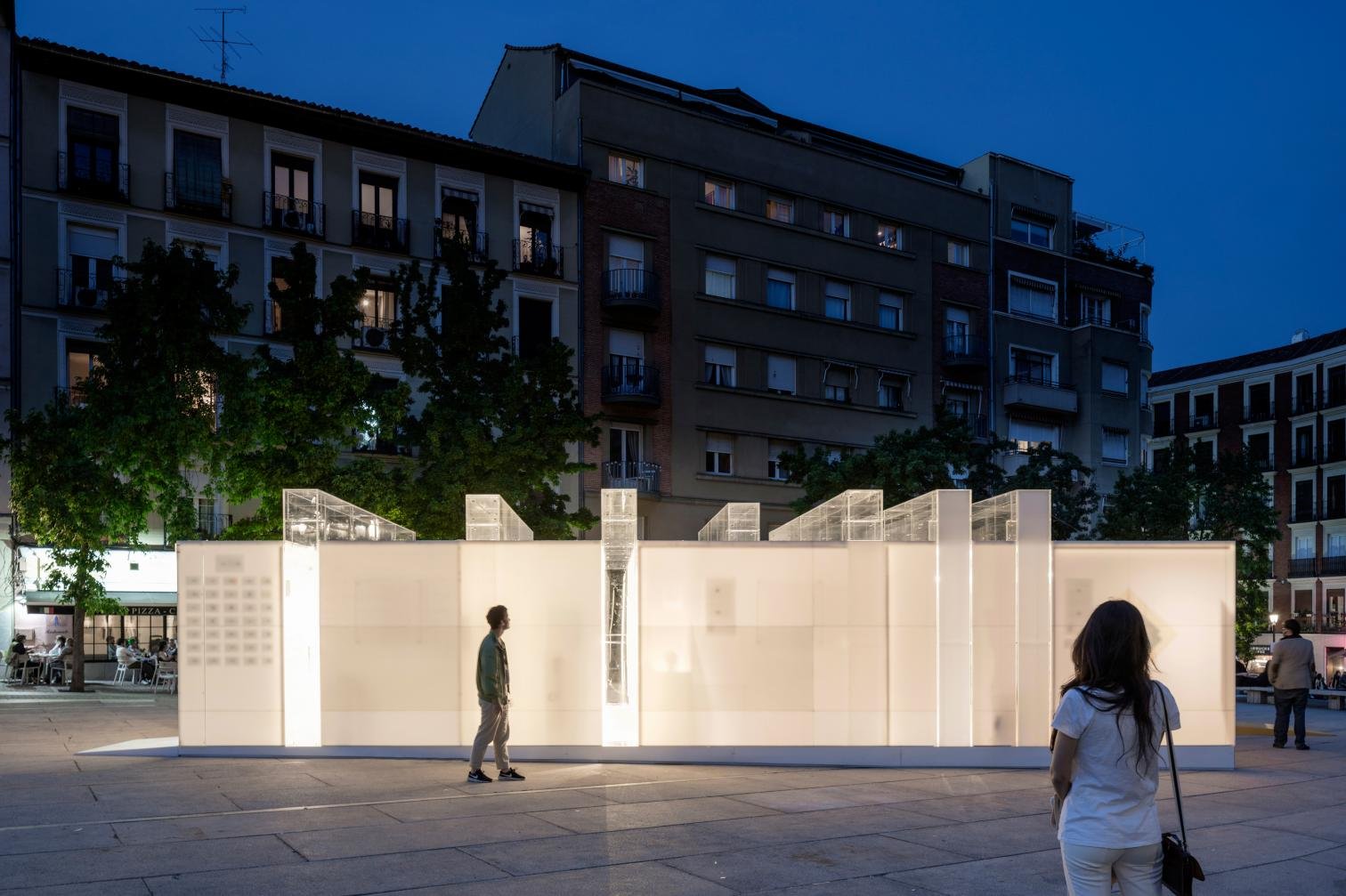
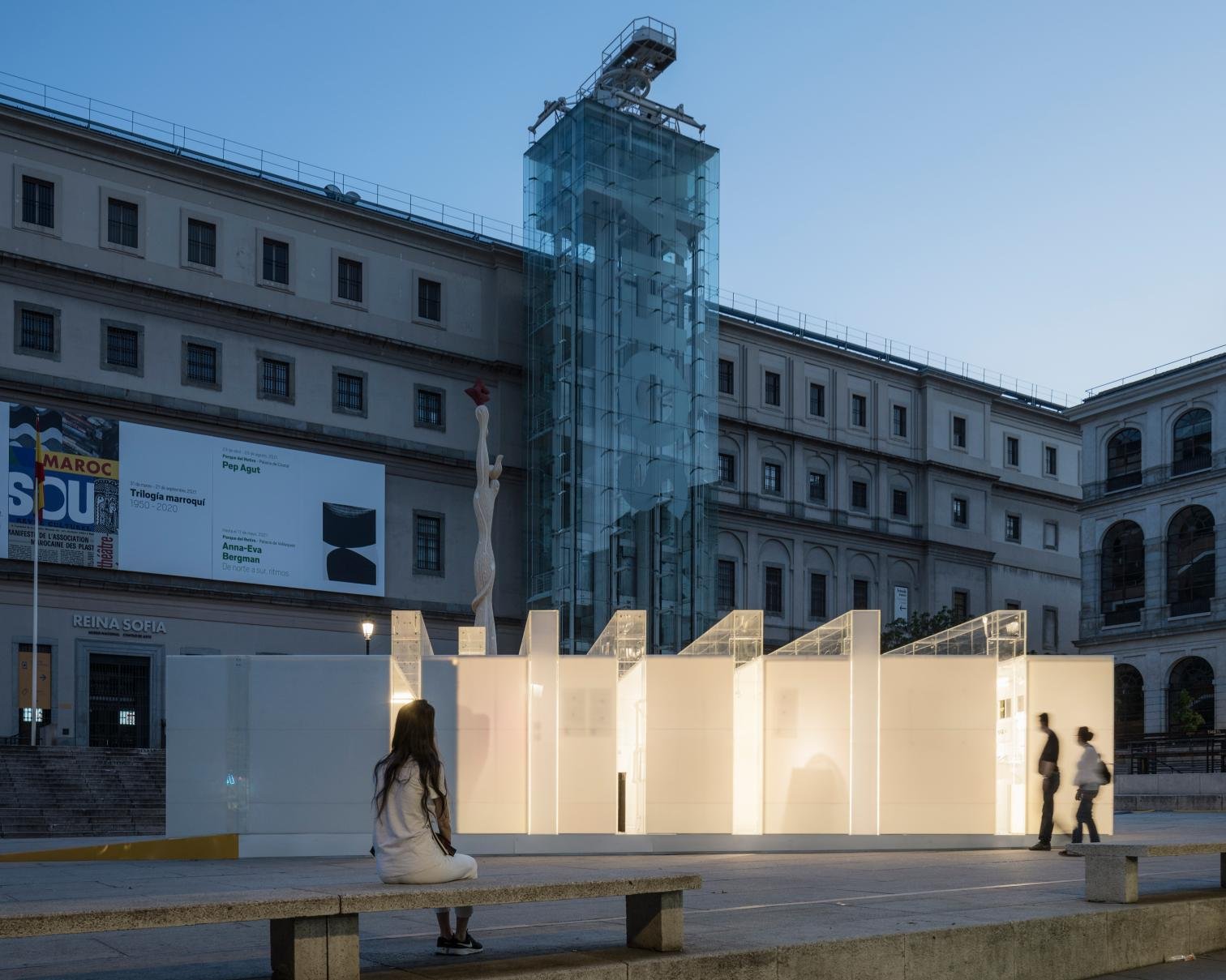

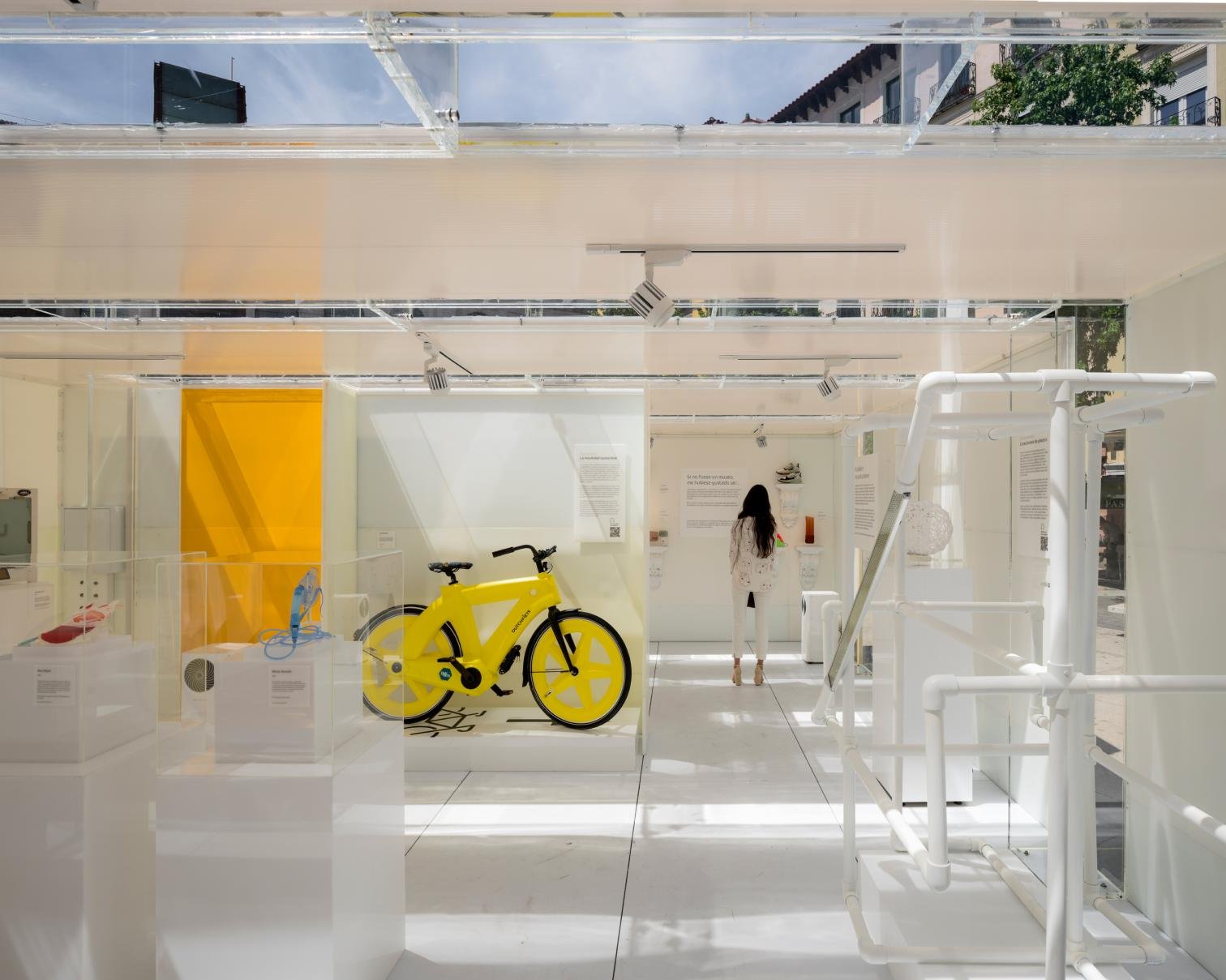
EsPlásticos, a plastics platform that serves as a point of union for the different agents in the sector together with the global packaging industry company, PACCOR, developed the museum to pay tribute to the various creations of plastics and highlight their unknown uses and unexpected utilities.
Sustainable Museum focus #3: Operations
In addition to its sustainable building features, the California Academy of Sciences is also committed to sustainability in its operations. The museum has implemented a number of programs to reduce its environmental impact, including a zero-waste program, sustainable transportation options for staff and visitors, and sustainable food options in its cafes and restaurants.
During the pandemic, Paris’s Centre Pompidou launched internal conversations about the museum’s carbon footprint. The conversations led to a critique of the way exhibit designers orchestrate their ideas. Directors found that by extending the length of time exhibits are up, Centre Pompidou incurs less energy expenditure. One of the main sources of museum carbon emissions comes from transporting artworks and other objects from around the world. Reducing the number of times per year, this happens ultimately reduces carbon footprint.
Sustainable Museum focus #4: Awareness
In addition to building design, museums also play an important role in promoting sustainability through education. Many museums have taken on the responsibility of educating the public on environmental issues and how they can make a difference.
The Prado Museum, located in Madrid, Spain, is one of the world's most renowned art museums, housing over 35,000 works of art. The museum has joined forces with the best-known conservation group on the planet, the WWF, to raise awareness about the negative impacts of climate change, as political leaders and diplomats meet at the COP25 climate change summit in the Spanish capital, Madrid. Several of the most famous paintings in its collection have been reimagined in a way that spells out the dangers of a changing global weather system and the environmental consequences of various phenomena attributed to climate change.
Felipe IV a Caballo (Philip IV on Horseback) by Diego Velázquez is used to highlight the issue of rising sea levels.
El quitasol (The Parasol) by Francisco de Goya is doctored to reflect the social drama of climate refugees.
Joachim Patinir's El paso de la laguna Estigia (Landscape with Charon Crossing the Styx) becomes an illustration of the impact of extreme drought on river and crops.
©Collective Studio
As institutions that are dedicated to preserving culture and knowledge, museums have a unique role to play in promoting sustainability. They not only have a responsibility to reduce their own environmental impact, but they can also use their platform to educate visitors about sustainable practices and inspire them to make changes in their own lives. With their influence and reach, museums have the potential to be powerful agents of change in the fight against climate change and the promotion of responsible tourism. As such, it is imperative that museums prioritize sustainable practices in all areas of their operations, from building design to materials management to education and outreach, to promote a more sustainable future for all.








